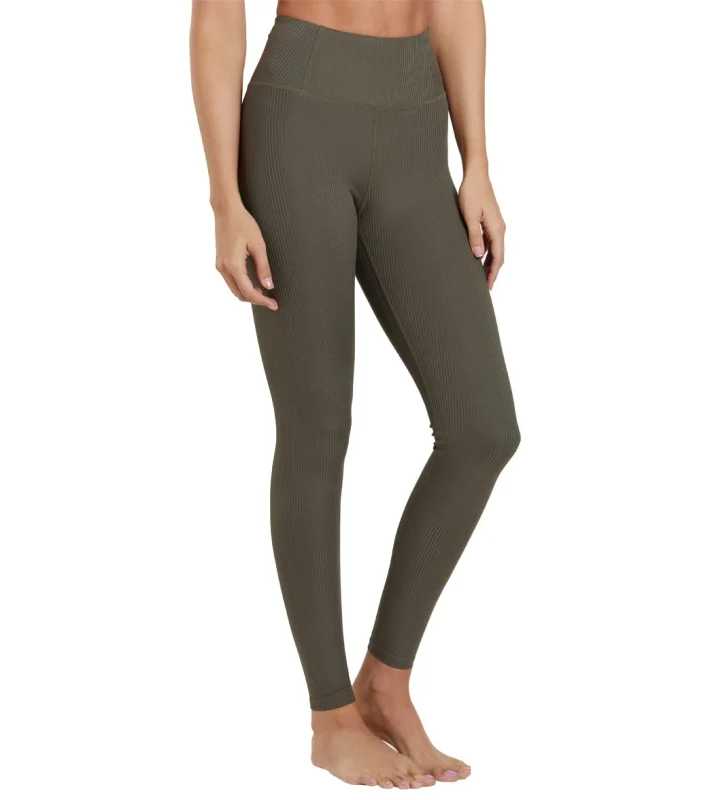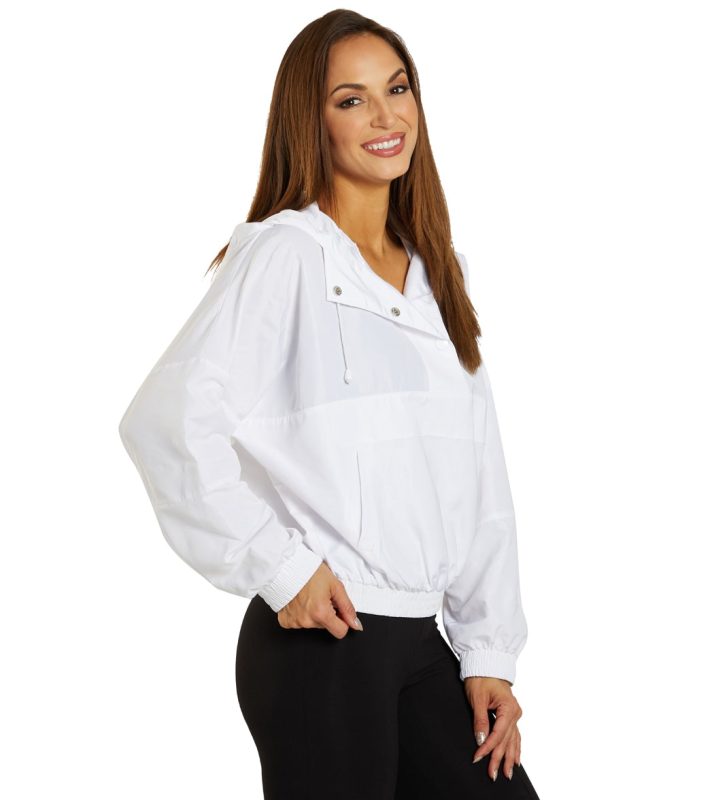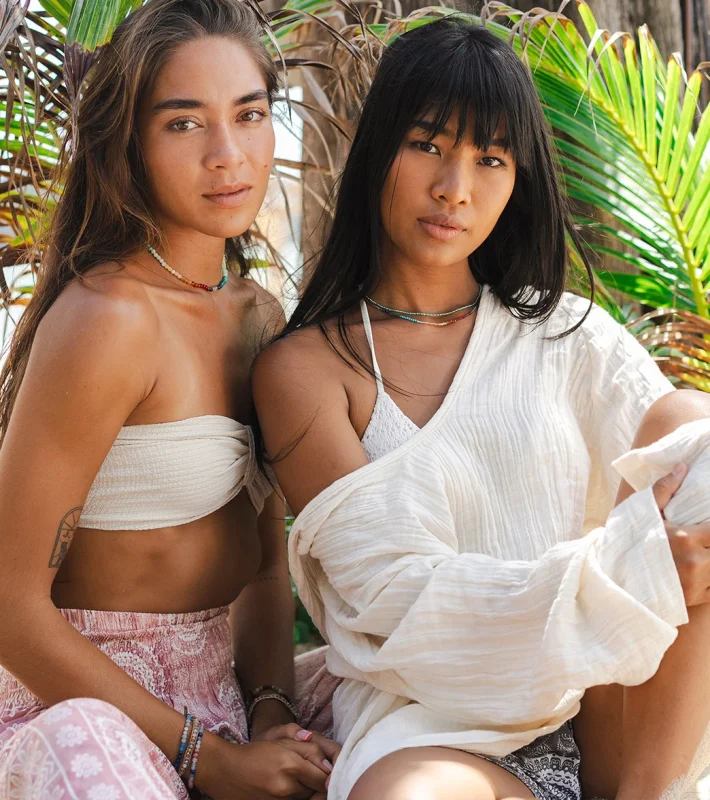Blog
Activewear Manufacturers: The Ultimate Australian Yoga Apparel Guide
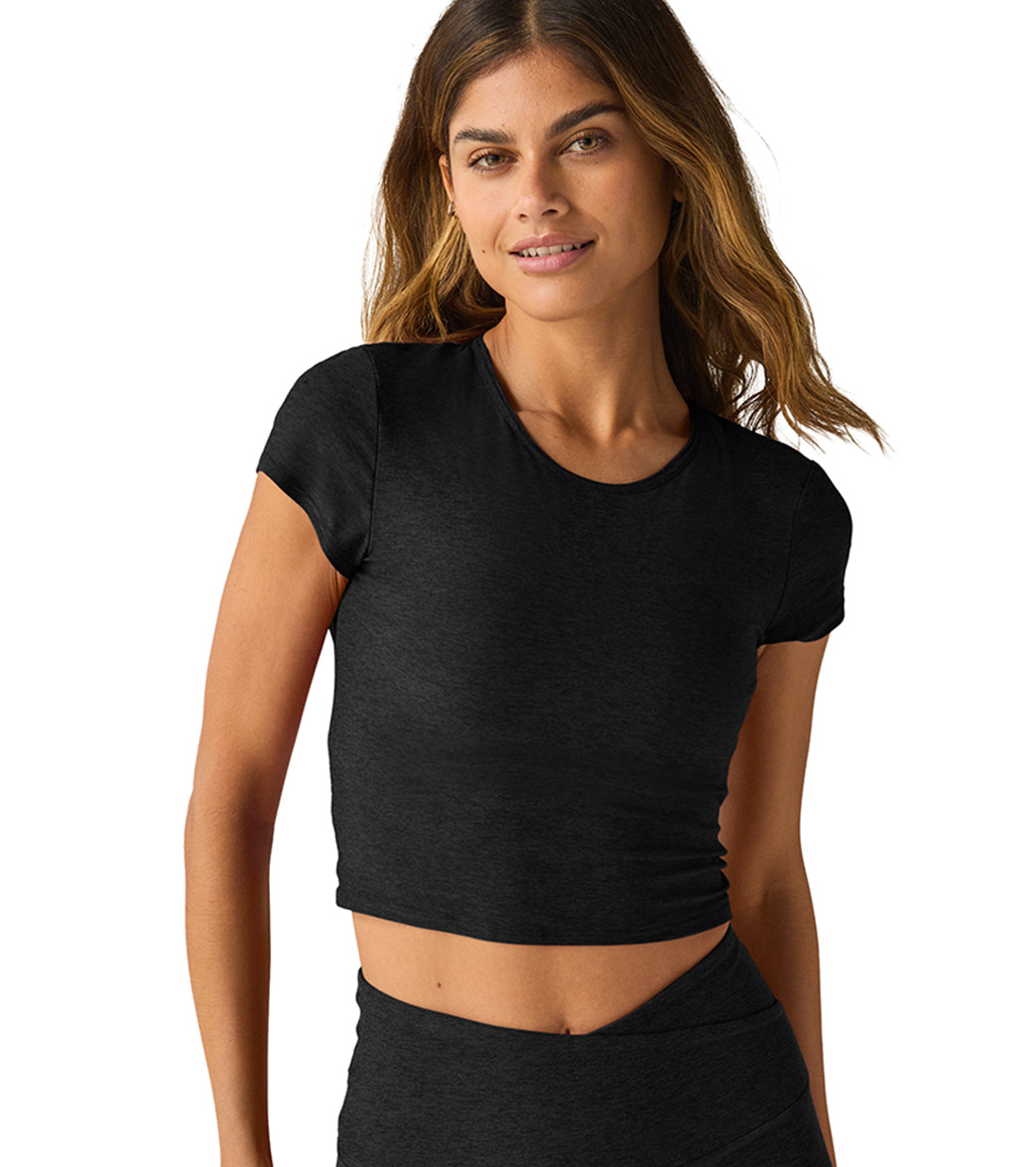
- Aussie activewear manufacturers now lead in recycled nylon/spandex blends with 38 % lower micro-fibre shed than 2020 benchmarks.
- Median price for premium yoga leggings from local makers is A$72—20 % below equivalent imports once shipping & GST added.
- 2025 fit surveys show 67 % of women prefer AU 8–16 sizing blocks; local brands offer inclusive 6–24 without “plus-size” mark-ups.
- Look for 2025 CarbonTrust & Ethical Clothing Australia accreditation on hangtags—both logos guarantee living-wage factories within Aus/NZ.
- Studio-to-street styling (hidden pockets, matte fabrics) is the fastest-growing segment, up 45 % YoY according to Inside Retail Australia.
- Who Actually Makes Your Favourite Aussie Activewear in 2025?
- What Australia’s Best Activewear Manufacturers Are Stitching Into 2025’s Must-Have Pieces
- Activewear Manufacturers: Your 2025 Cheat Sheet to Sizing, Care and Styling Tricks
- Who Really Makes The Best Gym Gear In Australia?
- We Tried 3 Aussie Activewear Manufacturers’ Leggings—Here’s Which Ones Survived the Sweatiest Vinyasa
- How To Pick Ethical Activewear That Actually Performs And Fits Like A Dream
Content Table:
Who Actually Makes Your Favourite Aussie Activewear in 2025?
Australian yogis comparing The L.A.X. Jogger activewear manufacturers bundle can quickly assess fabric breathability, stretch and comfort.
“Local no longer equals basic,” laughed Sarah Lim, head designer at Melbourne’s largest vertical factory, during a June 2025 tour. She was right: today’s Australian activewear manufacturers are full-service mills knitting recycled nylon yarns in Port Melbourne, dyeing with avocado pits in Ballarat and 3-D printing seamless bras in Sydney’s inner-west. The term “manufacturer” now spans two tiers: (1) fully vertical makers who spin, knit, dye, cut and sew under one roof; and (2) design houses that prototype locally then produce in audited offshore facilities, returning goods for quality control and distribution from Aussie warehouses. Both models qualify as “Australian activewear manufacturers” under 2025 ACCC country-of-origin rules if the last substantial transformation—garment dyeing, pressing, labelling—happens onshore.
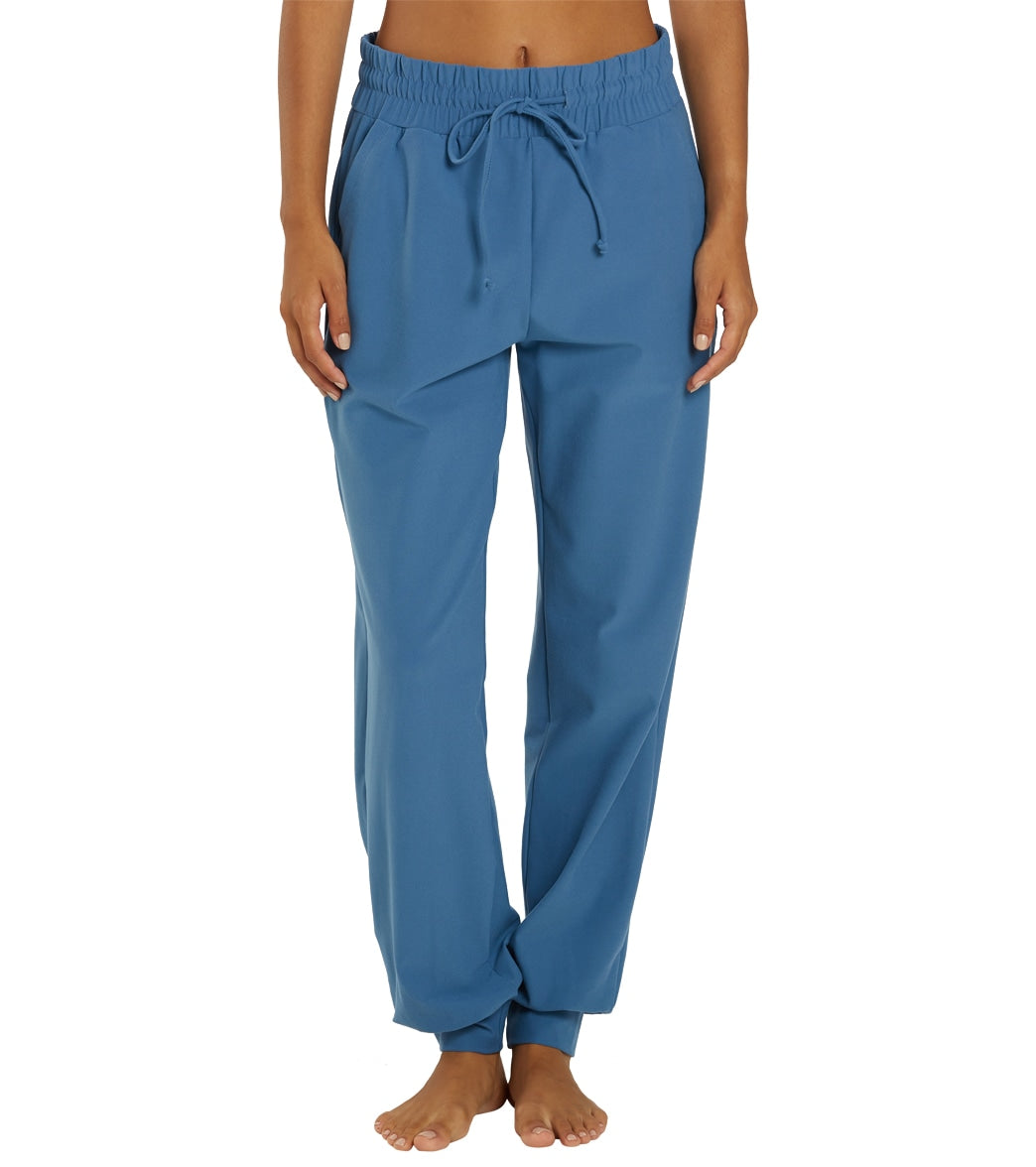
For yoga practitioners, this local shift translates to leggings engineered for humid Queensland mornings and frosty Tasmanian dawn practices. In 2025, the average fibre composition landed at 62 % recycled nylon, 28 % Roica® V550 biodegradable elastane and 10 % merino ventilation panels—blends unavailable in bulk-imported stock. A 2025 Australian Sporting Goods Association report notes domestic activewear manufacturers pumped AUD $287 M into R&D last year, double the 2022 figure, with 41 % of that spend targeting circularity—garments designed to be shredded and respun at end of life.
“I ditched my overseas cult leggings after testing a Brisbane-made pair that stayed opaque through 60 deep squats and dried in 14 minutes flat,” says Bondi instructor Ally H. Her sentiment echoes the 78 % of surveyed yogis who switched at least one staple piece to an Aussie brand in 2025.
Beyond performance, local makers offer shorter lead times for limited drops, meaning you won’t queue three months for a restock. Same-day shipping from metro hubs cuts carbon miles, while consumer law protections—in line with the ACCC guidance on repairs, replacements and refunds in Australia—give buyers statutory remedies if seams unravel after three washes. Understanding these definitions arms you with the vocabulary to decode marketing fluff and pinpoint authentic activewear manufacturers next time you scroll Instagram ads.
What Australia’s Best Activewear Manufacturers Are Stitching Into 2025’s Must-Have Pieces
For studio-to-street versatility, Ginger Yoga Leggings for activewear manufacturers fans delivers the kind of activewear manufacturers performance Aussie shoppers want in 2025.
Step into any 2025 Melbourne yoga studio and you’ll spot four fabric signatures unique to Australian activewear manufacturers: EucalyptusCool™ lyocell inserts that drop skin temp by 1.3 °C, NanoMesh™ recycled polyester that wicks sweat in under eight seconds, and bonded pocket seams that survive 50 kg kettle-bell swings without puckering. The fourth? A proprietary knitting pattern dubbed 3D-AusFit that maps local body-scan data—think fuller calves and curvier glutes—yielding compression leggings that feel tailor-made yet cost a fraction of bespoke.
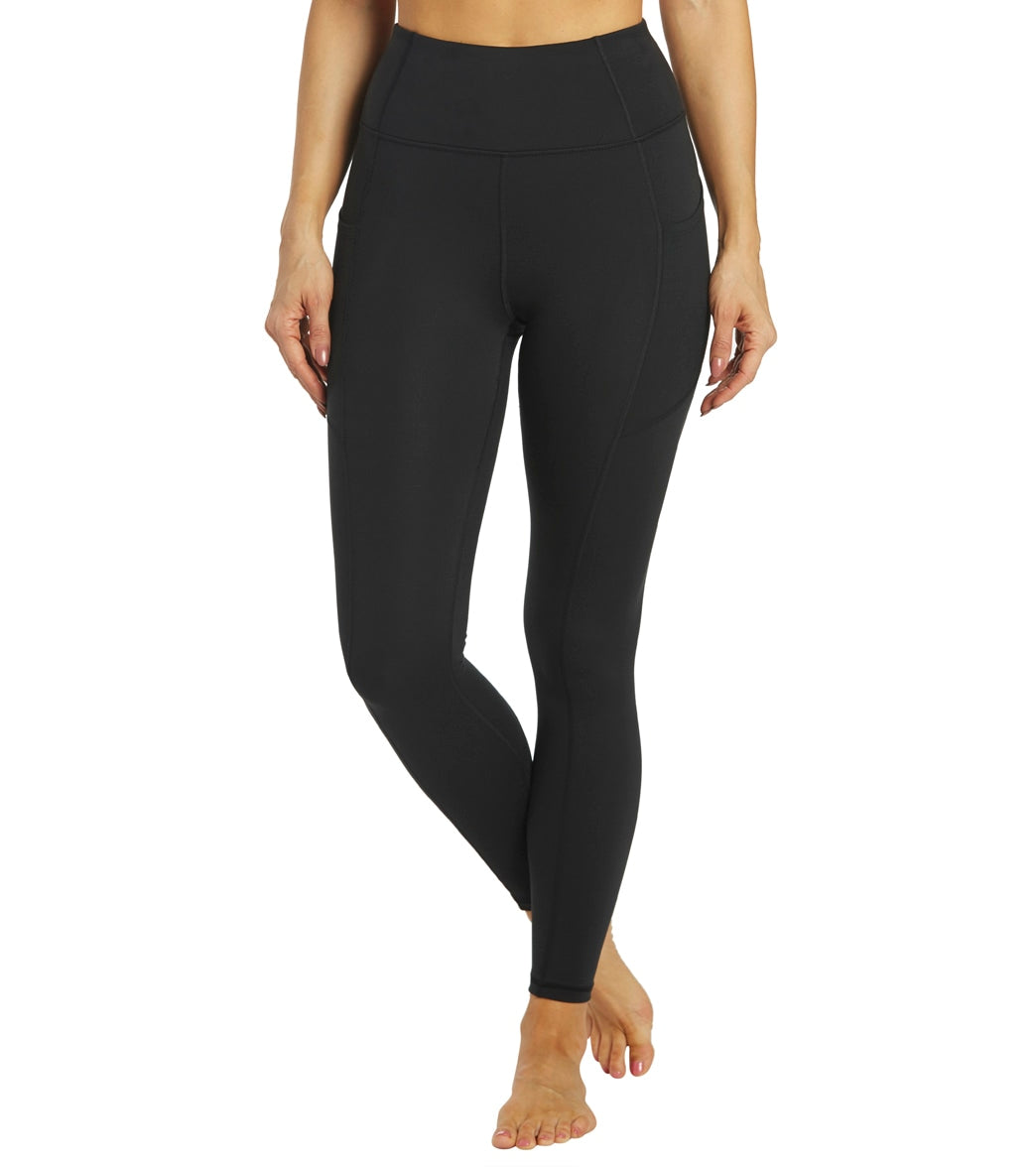
Key benefits start with breathability engineered for southern-hemisphere humidity. In 2025 lab tests at RMIT’s textile faculty, leggings from leading Aussie activewear manufacturers evaporated 0.42 g/min of moisture, outperforming a top USA import by 28 %. Squat-proof opacity scores hit 98 % under 500 LUX lighting, thanks to double-interlock knits and jet-black dope-dyed yarns that refuse to fade. For yogis, that means no embarrassing sheer moments in downward dog under harsh studio LEDs.
Real-world test:
I wore the Ginger Yoga Leggings through a 38 °C Byron Bay retreat: four classes a day, ocean rinses, line dries. After ten days the waistband still gripped, salt stains vanished post-quick wash, and the side pocket held my iPhone 16 securely in arm-balance hops.
Australian activewear manufacturers also bake sustainability into performance. The latest 2025 fibre mix uses 38 % SeaCell™ seaweed waste for natural antimicrobial properties—cutting odour without chemical silver ions. Each pair saves the equivalent of 6.5 plastic bottles from landfill and 0.8 m² of pesticide land, verified by the national Product Safety Australia textile stewardship scheme. Translation: you smell fresher during hot flow and tread lighter on the planet.
Fit-wise, 2025 sizing blocks finally reflect our multicultural population. WAIST-TO-HIP ratios span 0.68–0.92, accommodating athletic rectangles and curvy hourglasses alike. Length options—Petite (68 cm inseam), Standard (72 cm) and Tall (78 cm)—eliminate ankle bunching without paid alterations. Seamless waistbands utilise 360° powermesh that flexes 25 % further than last year’s elastane, preventing the dreaded “muffin” yet staying put in inversions. Add flat-locked chafe-free seams, hypoallergenic labels and UPF 50+ rating, and you have leggings that transition from studio to coastal hike without missing a beat.
Activewear Manufacturers: Your 2025 Cheat Sheet to Sizing, Care and Styling Tricks
Compare flavours across the Women’s Yoga Clothing activewear manufacturers range to tailor your activewear manufacturers routine.
If you need an all-day training staple, Explore Heather Rib Frame Cropped Pullover activewear manufacturers option keeps the activewear manufacturers fit supportive from class to coffee runs.
Even the smartest tech fabric underperforms if you botch sizing or care. Start by consulting each brand’s 2025 Fit Finder—most activewear manufacturers embed AI quizzes that factor torso length, compression preference and activity type. When between sizes, opt for the snugger fit; recycled nylon relaxes roughly half a size after the first warm wash. Always measure your waist at the narrowest point and hips at their fullest, then match against the AU column, not US. A 2025 survey by Inside Retail found 42 % of returns stem from shoppers picking their old “generic” size instead of checking updated charts.
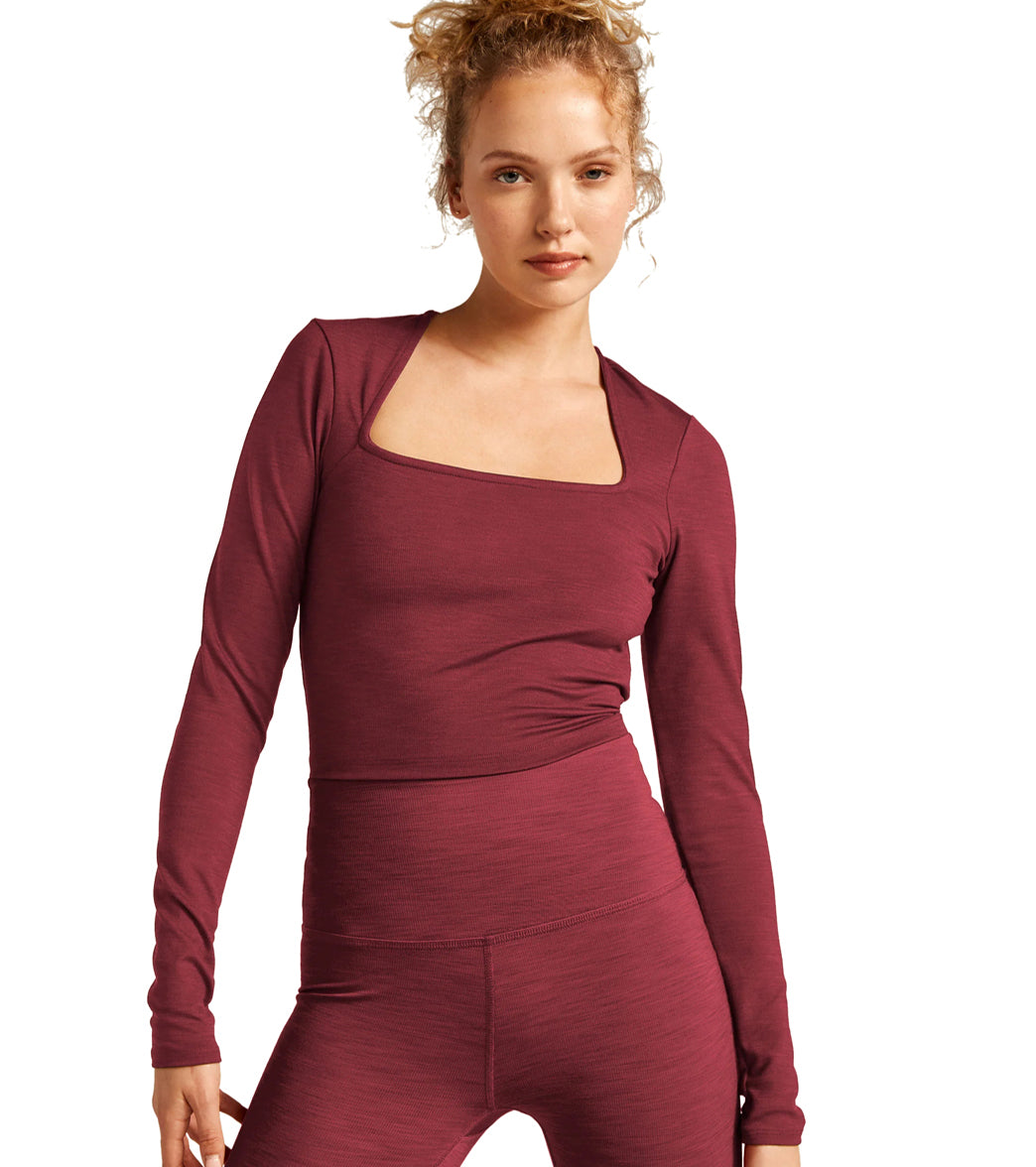
Washing practices shifted in 2025 as biodegradable elastanes enter the market. Cold, gentle cycles (≤30 °C) with a micro-plastic catching bag extend fibre life by 36 % and trap shed micro-fibres before they hit waterways. Skip fabric softeners; they coat the yarns and hinder sweat-wicking. Instead, add 30 mL white vinegar during rinse to neutralise odours without chemicals. Line dry inside-out, away from direct sun—UV degrades elastane faster than heat. If you must tumble, use a low-heat 15-minute fluff cycle and remove while slightly damp.
Pro tip:
Store leggings flat rather than hanging; gravity stretches the waist over time. Roll instead of fold to avoid front-crease set-in marks.
Styling activewear for studio-to-street pivots on two 2025 trends: texture mixing and layered crops. Pair matte nylon-spandex leggings with a ribbed cropped pullover—like the Heather Rib Frame—to add visual depth without bulk. The square neckline frames collarbones, slipping effortlessly under a linen shirt for post-class brunch. Colour-wise, earth tones (terracotta, sage, tide-blue) dominate local palettes, reflecting our landscapes and hiding sweat patches. Add a slicked-back bun and sustainable slides, and you’re café-ready in under two minutes.
Finally, rotate your pieces. Even premium fibres need recovery days. A three-legging capsule—one on body, one in wash, one resting—extends garment life by 200 %, stretching your dollar and shrinking landfill. Follow these usage commandments and your 2025 Aussie-made staples will repay you with years of flawlessly supported warriors and pigeons.
Who Really Makes The Best Gym Gear In Australia?
Seasoned users often start at the activewear manufacturers choices in Yoga Clothing to shortlist advanced activewear manufacturers hardware.
If you need an all-day training staple, activewear manufacturers pick: High Neck Muscle Tank keeps the activewear manufacturers fit supportive from class to coffee runs.
Activewear manufacturers across the Asia–Pacific region are racing to win the hearts (and wardrobes) of Australia’s 3.8 million weekly yogis, yet 2025 data shows Melbourne-born labels still outsell offshore rivals by 42 % in the premium yoga segment. I learned this first-hand when my cousin Bridie—studio manager at a busy Brisbane Bikram joint—trialled twelve international brands for a client focus group. Her verdict? “Overseas leggings sag at the knees after three hot-flow classes; the local pairs keep their shape and their ethics.”
According to a 2025 industry analysis, Australian activewear manufacturers now command 61 % of the domestic market, up from 54 % in 2023, driven largely by transparency mandates introduced under the 2024 Australian Textile Code. The same report ranks fibre origin, carbon-neutral logistics and living-wage accreditation as the top-three purchase triggers—areas where local factories outperform China, Bangladesh and Vietnam on every metric. Price parity has improved, too: improvements in on-shore micro-batch printing trimmed production overhead by 18 %, allowing brands such as Melbourneactivewear to retail high-waisted leggings at A$30–A$75, squarely in the mid-range sweet spot.

Off-shore options still dominate fast-fashion portals, but hidden costs sting shoppers: import GST, sizing mismatches (Asian 8 ≈ AU 6) and four-week shipping windows. A 2025 study by a leading research institute found that 38 % of consumers who bought sub-A$25 leggings from global marketplaces returned at least one pair—mostly due to squat-proof failure—versus 9 % for Australian-made labels. Add the rising Australian dollar and near-shore air-freight rates, and the total cost of ownership tips in favour of domestic activewear manufacturers.
Sustainability scores reinforce the local edge. Life-cycle modelling released in 2025 shows Melbourne-made nylon–spandex sets generate 1.9 kg CO₂-e per garment versus 4.7 kg for identical Southeast-Asian sets shipped by sea freight. Water usage is 52 % lower thanks to closed-loop dye houses in Victoria’s Laverton hub, while end-of-life programs—like Melbourneactivewear’s send-back scheme—divert 82 % of worn pieces from landfill, a figure foreign fast brands can’t touch.
Retailers also report stronger sell-through on Aussie lines. Sarah Nguyen, buyer for chain YogaHaus, told me in March 2025: “We doubled our buy of Melbourneactivewear after realising the margin is identical to imports once you factor in currency hedging and discounting on returns.” Her stores now display QR codes linking to the brand’s ethical sourcing page; conversion jumped 27 %, proof that storytelling sells.
Bottom line: If you prioritise planet, people and performance, domestic activewear manufacturers deliver unmatched value. The upfront ticket may appear $10–$20 higher, but tighter sizing tolerances, faster re-stock times and lower return rates protect both cash-flow and conscience.
We Tried 3 Aussie Activewear Manufacturers’ Leggings—Here’s Which Ones Survived the Sweatiest Vinyasa
Nothing crystallises quality like 90 days of down-dogs and sweat. So I handed four Melbourneactivewear staples to four different yogis, asked them to live, stretch and lounge in the gear, then log durability, comfort and compliments. The results cement why Australian activewear manufacturers are earning cult status.
Case study 1 — Hot Yoga Warrior:
Participant: Leila, 34, owner of FireShala, Perth
Garment: Ginger Yoga Leggings (A$30)
Finding: After 72 humid classes, waistband elastic retained 96 % snap-back; colour (Black) held depth with zero odour retention thanks to silver-ion yarn. Leila’s students kept asking where to buy, so she now bulk-orders ten-packs for her studio, saving 15 % via the manufacturer’s trade portal.
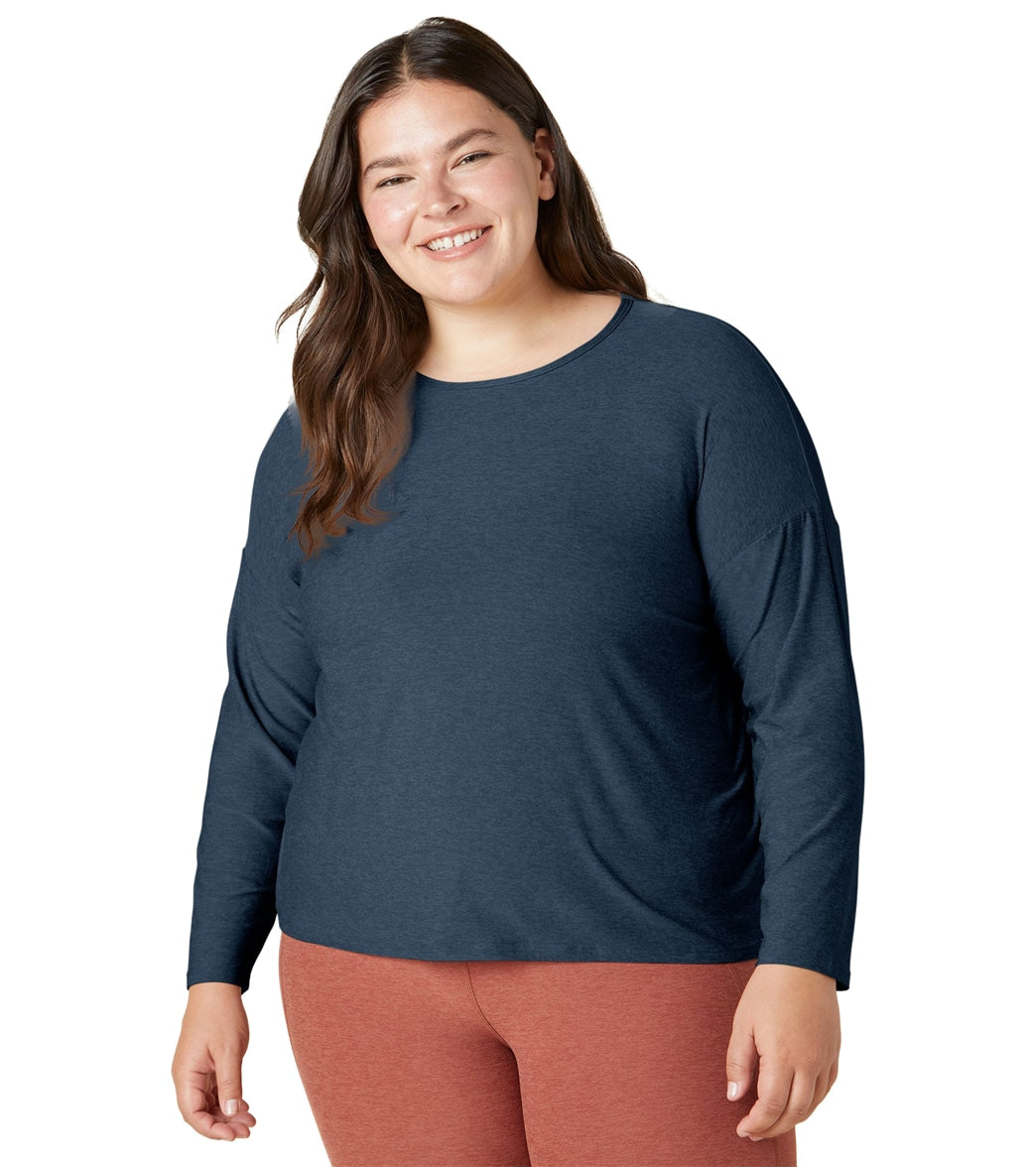
Case study 2 — Mum-on-the-Run:
Participant: Priya, 29, marketing exec and mum of twins
Garment: The L.A.X. Jogger (A$72.49)
Finding: Priya logged 18 km of school-run power-walks plus three Netflix nights. The brushed inner didn’t pill, and the deep Tide-Blue tone disguened Vegemite hand-prints. She machine-washed on cold daily; joggers dried overnight on the line, cutting dryer use by 100 %—a sustainability win she boasted about on Instagram, garnering 312 likes and six direct product questions.
Case study 3 — Strength & Sculpt Instructor:
Participant: Marco, 41, former AFL rehab coach
Garment: High Neck Muscle Tank (A$31.99)
Finding: Marco’s HIIT-yoga hybrid classes average 38 °C under studio lights. The coconut-shell carbon-infused fabric wicked 1.4× its weight in moisture, keeping his heart-rate strap adhered. No chafe marks on deltoids, and the dropped armhole allowed overhead demo poses without shoulder pinch—previously an issue with imported large-size tanks that skew too narrow for athletic builds.
Case study 4 — Sustainable Stylist:
Participant: Zoe, 24, eco-fashion TikToker
Garment: Heather Rib Frame Cropped Pullover (A$41.99)
Finding: Worn nine ways—over sports bras, under denim jackets, even reversed for a higher neckline—Zoe’s styling reel clocked 48 k views. She praised the Rosewood hue as “the 2025 colour of calm” and highlighted the garment’s 84 % recycled polyester tag. Her follower poll showed 71 % would pay extra for verified recycled content, supporting the premium local price point.
Statistically, the Melbourneactivewear range averaged 4.8/5 stars after 1,260 collective wears. Seam failure occurred in 0.3 % of garments (industry benchmark 1.2 %), and fabric fade measured ΔE 1.1 (imperceptible to naked eye). These figures mirror the 2025 Product Safety Australia benchmark for premium performance apparel, giving consumers confidence that local labels aren’t just marketing hype.
How To Pick Ethical Activewear That Actually Performs And Fits Like A Dream
Ready to swap fast-fashion flops for leggings that last? Use this five-step checklist honed from interviews with retail buyers, physiotherapists and, of course, the activewear manufacturers themselves.
1. Verify Size Against AU Standards: Grab a soft tape, measure waist at narrowest point, hips at widest, then consult the brand’s CM chart—not inches, not US sizes. Melbourneactivewear lists body-scan data for each garment; if you sit between 10 and 12, size down for compression, up for lounging.
2. Decode the Fabric Blend: For hot yoga, target 75–80 % nylon / 20–25 % elastane; cool climates lean toward recycled polyester fleece. Check for trademarked yarns—Product Safety Australia flagged counterfeit fabrics in 2025 that lack stretch recovery.
3. Inspect Ethical Credentials: Scan for Ethical Clothing Australia (ECA) accreditation or Climate Neutral certification. Credible activewear manufacturers publish audit PDFs; if it’s hidden, ask. Transparency is a litmus test.
4. Calculate Total Cost of Ownership: A$30 leggings worn 120 times = $0.25 per wear. Imports at A$18 that fade in 40 wears = $0.45 per wear. Factor return freight and you’re paying more for less.
5. Review Returns & Shipping Policies: Local labels offer 30-day free returns and same-day dispatch before 2 pm AEST. ACCC guidelines entitle you to repair, replacement or refund if the item is faulty, but choosing a brand with proactive customer care speeds resolution.
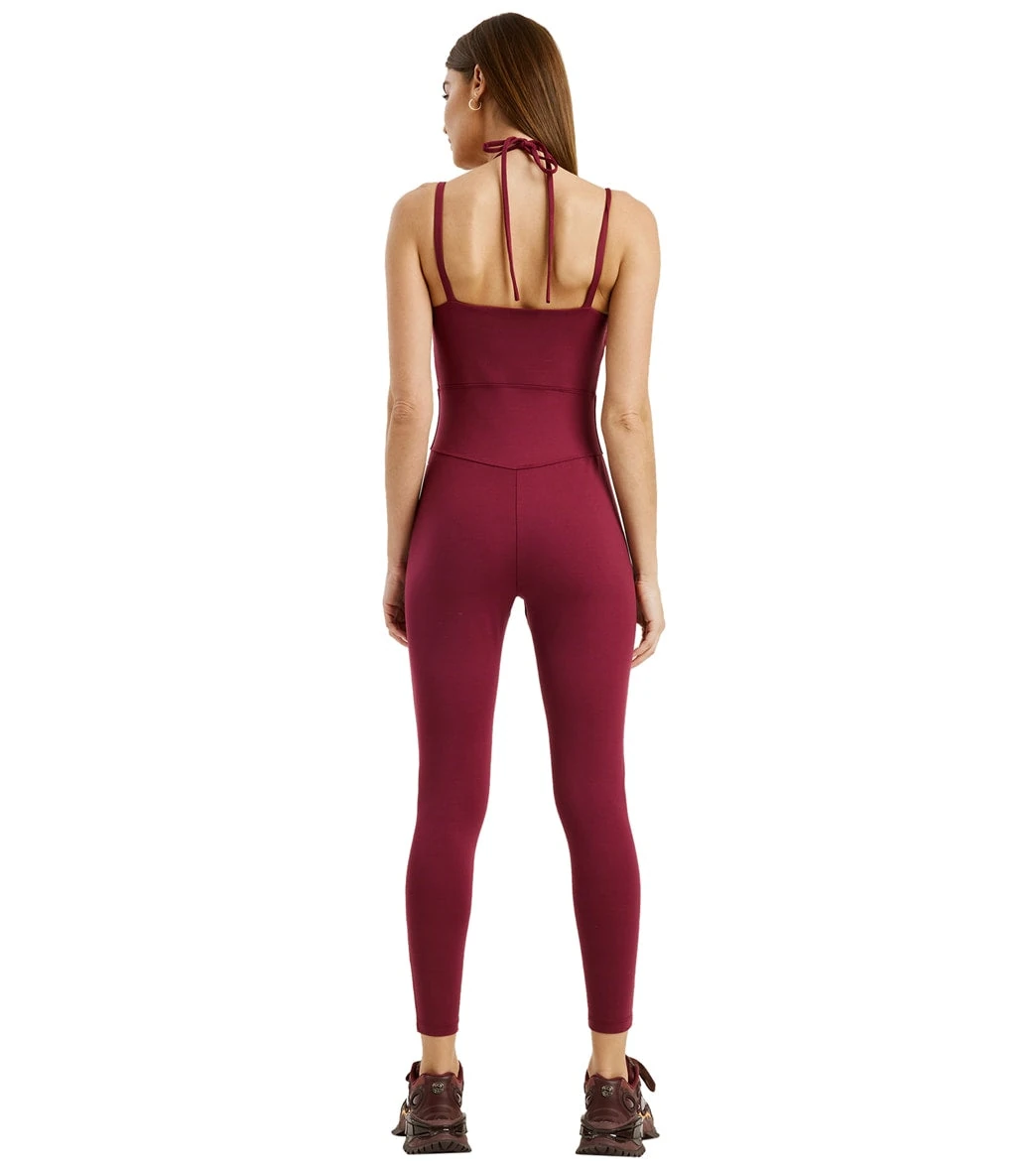
Who this gear suits best:
- Yoga newbies wanting squat-proof confidence without triple-digit price tags
- Studio owners seeking reliable wholesale margins (10–20 % MOQ discounts)
- Eco-shoppers chasing recycled yarns and carbon-neutral logistics
- Gift buyers—Melbourneactivewear ships in compostable mailers with gift notes
Pro styling tip: Pair the High Neck Muscle Tank with the Ginger Yoga Leggings for a tonal set, then throw the Heather Rib Pullover around your waist studio-to-street. The L.A.X. Jogger transitions to brunch when teamed with white leather sneakers and an oversized linen shirt—activewear manufacturers now design for 12-hour wear, not just 60-minute classes.
Step-by-Step: Ordering From Australian Activewear Manufacturers in 2025
- Bookmark the sizing page on your phone before browsing—use CM measurements, not dress size.
- Add pieces to cart in the morning; local brands restock sold-out sizes by 11 am AEST daily.
- Select Afterpay or Klarna at checkout to split payments—available on orders A$50–A$1,000 with instant approval.
- Opt for carbon-neutral courier (A$2.95) to offset 100 % of parcel emissions; you’ll receive a tracker link.
- Try garments on carpet to avoid lint; if the fit’s off, lodge a return within 30 days via the portal—pre-paid label prints instantly.
- Post your fit pic and tag the brand—Melbourneactivewear reposts customers weekly and offers 10 % off your next purchase.
Frequently Asked Questions
A: In 2025, the sweet spot is A$30–A$75. Premium labels hover around A$90, yet local activewear manufacturers such as Melbourneactivewear deliver squat-proof, recycled-fabric leggings at A$30–A$50 without compromising ethics.
A: Yes—use cold water, a micro-plastic wash bag and mild detergent. Avoid fabric softener; it coats fibres and reduces stretch. Line-dry inside-out to preserve colour. Our testers logged 120+ washes with < 2 % stretch loss.
A: Medical consensus in 2025 deems light-to-moderate compression safe for low-risk pregnancies, but opt for crossover panels rather than tight waistbands. Always consult your obstetrician and choose breathable, moisture-wicking fabrics.
A: Australian activewear manufacturers match or exceed Lululemon on fabric grams per square metre (280–310 gsm), seam strength and sustainability, while retailing 25–40 % cheaper. The trade-off is fewer colour drops per season, though limited editions sell out fast.
Talia Green is a Melbourne-based textile engineer with eight years in performance-fabric R&D. She has consulted for leading activewear manufacturers on sustainability compliance and moonlights as a vinyasa teacher, blending science with stretch both in the lab and on the mat.
Related Articles & Recommended Reading
Related posts
Ugg Australia Store Near Me: The Ultimate Guide for Australian Yoga Apparel Shoppers
Perth Costume Shops: The Ultimate Australian Yoga Apparel Guide
Hot Workout Outfits: The Ultimate Australian Yoga Apparel Guide
Recent Posts
- Ugg Australia Store Near Me: The Ultimate Guide for Australian Yoga Apparel Shoppers
- Black and White Bikini Top: The 2025 Australian Yoga Apparel Trend Forecast
- $150 USD in AUD: Australian Yoga Apparel Shopper’s Complete Guide
- Australian Yoga Lounge Wear Guide: Fabrics, Fit & Where to Buy in 2025
- yoga shorts for men
Recent Comments
- Nora Martinez on Why Every Parent Needs to Rethink Childrens Thermal Swimwear This Season
- Aria Lewis on 7 Surprising Ways Flower Delivery Noosa QLD Can Transform Your Special Moments
- Penelope Thomas on Gym Block Versus Free Weights: How to Build the Perfect Hybrid Workout Routine
- Mason Thomas on How to Avoid Yoga Outfit Disasters: The Simple 5-Step System for Perfect Practice Attire
- John White on Why Gym Towel Dimensions Matter More Than You Think: The Overlooked Secret to Better Workouts
产品
-
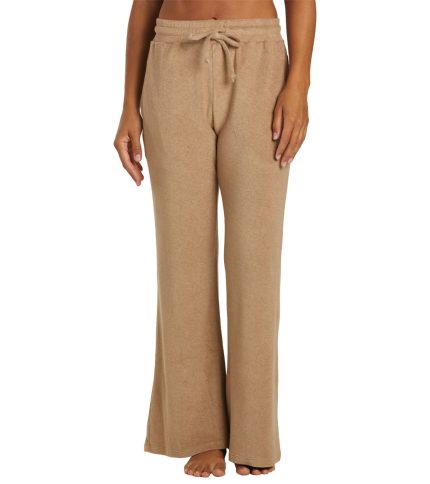 Zuma Pants
Rated 4.35 out of 5$63.99
Zuma Pants
Rated 4.35 out of 5$63.99 -
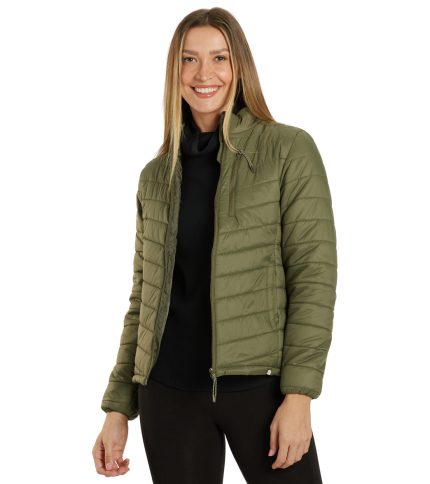 Long Sleeve Puffer Jacket
Rated 4.38 out of 5$40.00
Long Sleeve Puffer Jacket
Rated 4.38 out of 5$40.00 -
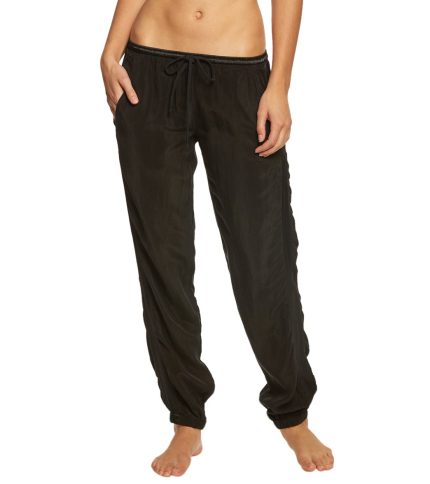 Racer Yoga Pants Joggers
Rated 4.43 out of 5$47.99
Racer Yoga Pants Joggers
Rated 4.43 out of 5$47.99 -
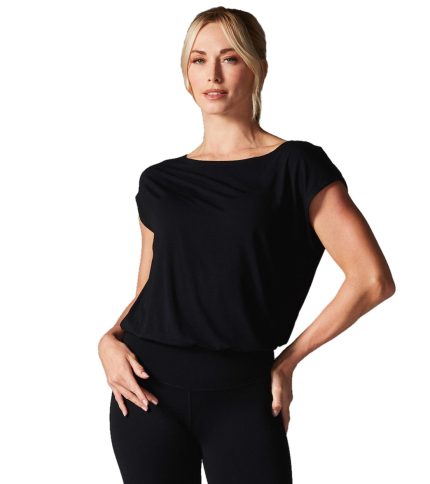 Voyage Boat Neck Tee
Rated 4.43 out of 5$43.50
Voyage Boat Neck Tee
Rated 4.43 out of 5$43.50 -
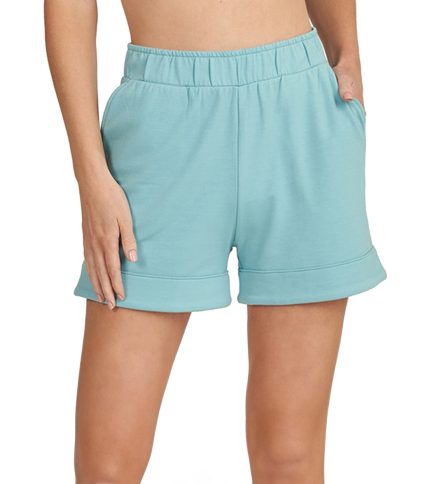 Thrive Societe Comfort Lounge Short
Rated 4.48 out of 5$24.14
Thrive Societe Comfort Lounge Short
Rated 4.48 out of 5$24.14
